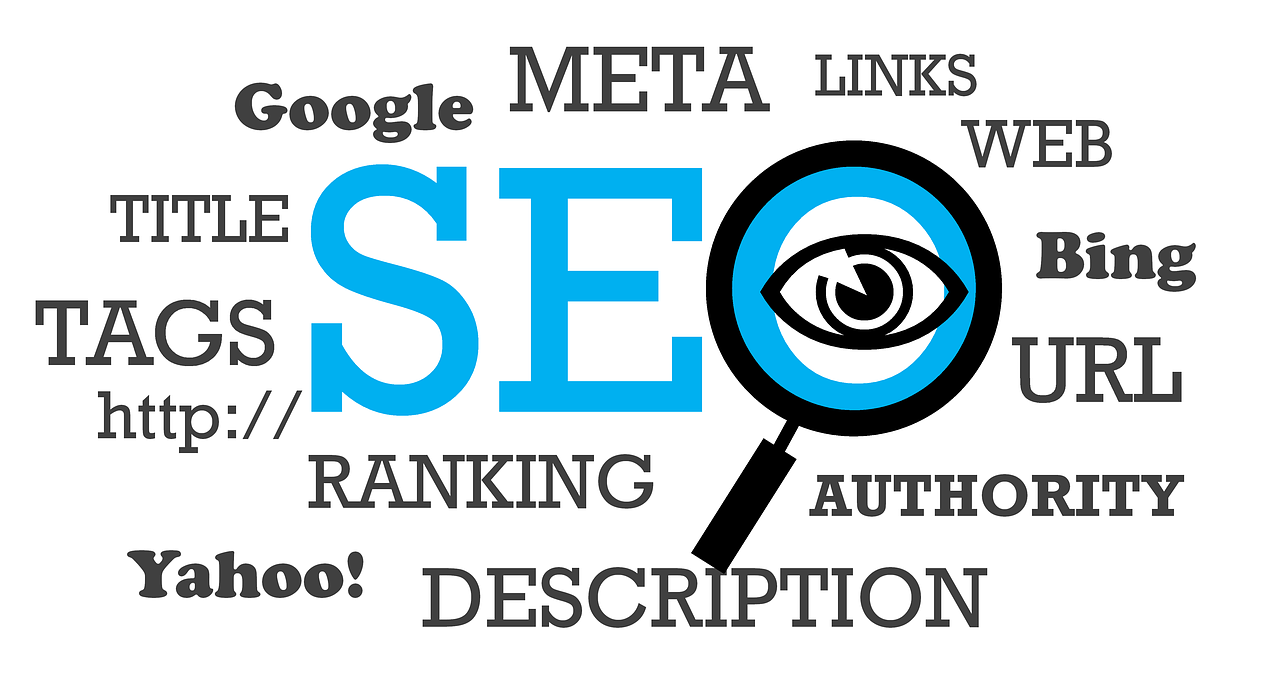How to avoid common seo mistakes
|
IN BRIEF
|
In the ever-evolving world of digital marketing, search engine optimization (SEO) plays a crucial role in enhancing online visibility and driving traffic to websites. However, many businesses often fall prey to common SEO mistakes that can hinder their success. By recognizing and addressing these pitfalls, organizations can optimize their strategies effectively. This guide explores essential tips on how to avoid these frequent errors, ensuring that your website ranks higher and reaches its intended audience more efficiently.
Common SEO Mistakes to Avoid
In the competitive landscape of digital marketing, avoiding common SEO mistakes is paramount for enhancing your website’s visibility. Many businesses unknowingly hinder their online presence by neglecting essential practices that can make a significant difference in search engine rankings. Key elements such as site speed, proper keyword usage, and mobile optimization are crucial to a successful SEO strategy. For instance, a slow-loading website can frustrate users and lead them to abandon the site, which can negatively impact your SEO performance. Similarly, targeting the wrong keywords can misalign your content with user intent, rendering your efforts ineffective. Understanding and addressing these mistakes not only boosts your search engine ranking but also improves user experience and engagement on your site.
Moreover, it’s vital to ensure that your site’s content is unique and valuable to avoid issues related to duplicate content. Search engines prioritize websites that provide original and relevant content, which ultimately fosters trust with your audience. Additionally, optimizing meta tags appropriately can significantly enhance the discoverability of your pages. If these components are overlooked, it can lead to poor indexing by search engines. Implementing best practices in these areas will ensure that your SEO efforts yield positive results and effectively attract the desired audience.

Common SEO Mistakes and How to Avoid Them
When it comes to optimizing a website for search engines, avoiding common SEO mistakes is crucial for maintaining visibility and driving traffic. One of the most frequent errors is neglecting to conduct thorough keyword research. This mistake can lead to targeting the wrong phrases, ultimately diminishing the potential audience reach. For instance, if a website focuses solely on highly competitive terms without considering long-tail keywords, it may struggle to gain traction.
Additionally, many websites suffer from slow load speeds, which can lead to increased bounce rates. Statistics show that a delay of just a few seconds can significantly impact user experience and conversion rates. To combat this issue, improving site speed is essential, which can be achieved by optimizing images and eliminating unnecessary codes.
Another common pitfall is duplicate content, which confuses search engines and dilutes page authority. Implementing unique content across web pages and using canonical tags where necessary can help mitigate this challenge. Furthermore, mobile optimization cannot be overlooked, especially with the growing number of users accessing websites via mobile devices. A non-responsive design can severely limit outreach and affect overall search rankings.
Employing best practices such as structuring meta tags correctly, ensuring proper on-page content, and maintaining robust crawlability are fundamental steps that should not be ignored. By addressing these typical SEO pitfalls, businesses can significantly enhance their online presence and improve search engine rankings.

6 Common SEO Mistakes and How to Avoid Them
A Comprehensive Guide to Enhancing Your SEO Strategy
SEO is a crucial aspect of digital marketing that can significantly impact your website’s visibility. Many businesses, however, often fall into common traps that can hurt their search engine rankings. Understanding these pitfalls and how to navigate around them can lead to substantial improvements in online presence. For instance, one prevalent issue is the neglect of site speed; a fast-loading website not only enhances user experience but also positively influences search rankings. To avoid this, it’s essential to optimize images and eliminate extraneous code.
Additionally, investing time in keyword research is vital. Many tend to target keywords that are either too competitive or irrelevant to their audience. A well-planned keyword strategy aligned with audience intent can dramatically enhance connection with the target market, leading to improved engagement and conversions.
- Neglecting Site Speed: A slow website can deter users and negatively affect SEO rankings.
- Inadequate Keyword Research: Targeting the wrong keywords can lead to wasted resources and subpar results.
- Ignoring Mobile Optimization: With the increasing number of mobile users, ensuring your site is mobile-friendly is essential for success.
- Overlooking Meta Tags: Properly optimized meta titles and descriptions help search engines understand your content better.
- Not Utilizing Alt Text for Images: Alt text improves SEO and makes your content accessible.
- Neglecting Content Quality: Low-quality content can lead to high bounce rates, which adversely affects your SEO.
By addressing these common SEO issues with practical solutions, businesses can enhance their online visibility and secure a competitive edge in the digital landscape.
Common SEO Mistakes to Avoid
In the competitive online landscape, avoiding SEO mistakes is crucial for maintaining and improving your site’s visibility. Here are some frequent errors businesses make, along with strategies to effectively mitigate them:
- Neglecting Site Speed: A slow-loading website can lead to high bounce rates. Optimize images, use caching, and streamline code to enhance speed.
- Incorrect Keyword Targeting: Choosing the wrong keywords can diminish your chances of ranking. Conduct thorough keyword research to identify relevant terms that align with user intent.
- Not Optimizing for Mobile: With a significant amount of web traffic coming from mobile devices, ensure that your site is mobile-friendly. Utilize responsive design and test your site across various devices.
- Duplicate Content: Presenting duplicate content can confuse search engines and viewers alike. Use canonical tags to point to the original version of content.
- Lacking On-Page Optimization: Ensure that every page has unique and relevant meta tags, headers, and descriptions to improve search engine clarity.
- Ignoring Analytics: Failing to monitor your site’s performance can lead to missed opportunities for improvement. Regularly review analytics to identify traffic patterns and areas needing attention.
By addressing these pitfalls, you can create a more robust SEO strategy that promotes better performance in search results. For a deeper exploration of common SEO errors, consider visiting resources such as Semrush and Ahrefs.
Moreover, understanding the basics of SEO is essential. Learning how to implement effective strategies can be found at SEO Agency New York. For detailed solutions to technical issues, Single Grain provides actionable insights.

In the ever-evolving landscape of digital marketing, search engine optimization (SEO) remains a critical factor for online success. Unfortunately, many businesses make frequent SEO blunders that can significantly compromise their visibility. One common mistake is neglecting site speed; a faster website not only enhances user experience but also positively impacts search rankings. Additionally, failing to conduct proper keyword research can lead to targeting the wrong terms, which ultimately results in low traffic and poor performance.
Another error involves duplicate content, which can confuse search engines and dilute the quality of your site. To avoid this, creating original and relevant content is essential. Moreover, many websites do not optimize their meta tags, thereby missing opportunities to attract clicks from search results. Also, a lack of mobile optimization can alienate a significant portion of users, given the increasing reliance on mobile devices for browsing.
By addressing these common pitfalls—such as enhancing load times, refining keyword strategies, ensuring content uniqueness, and optimizing for mobile—you can greatly improve your site’s performance and overall online presence.














Post Comment